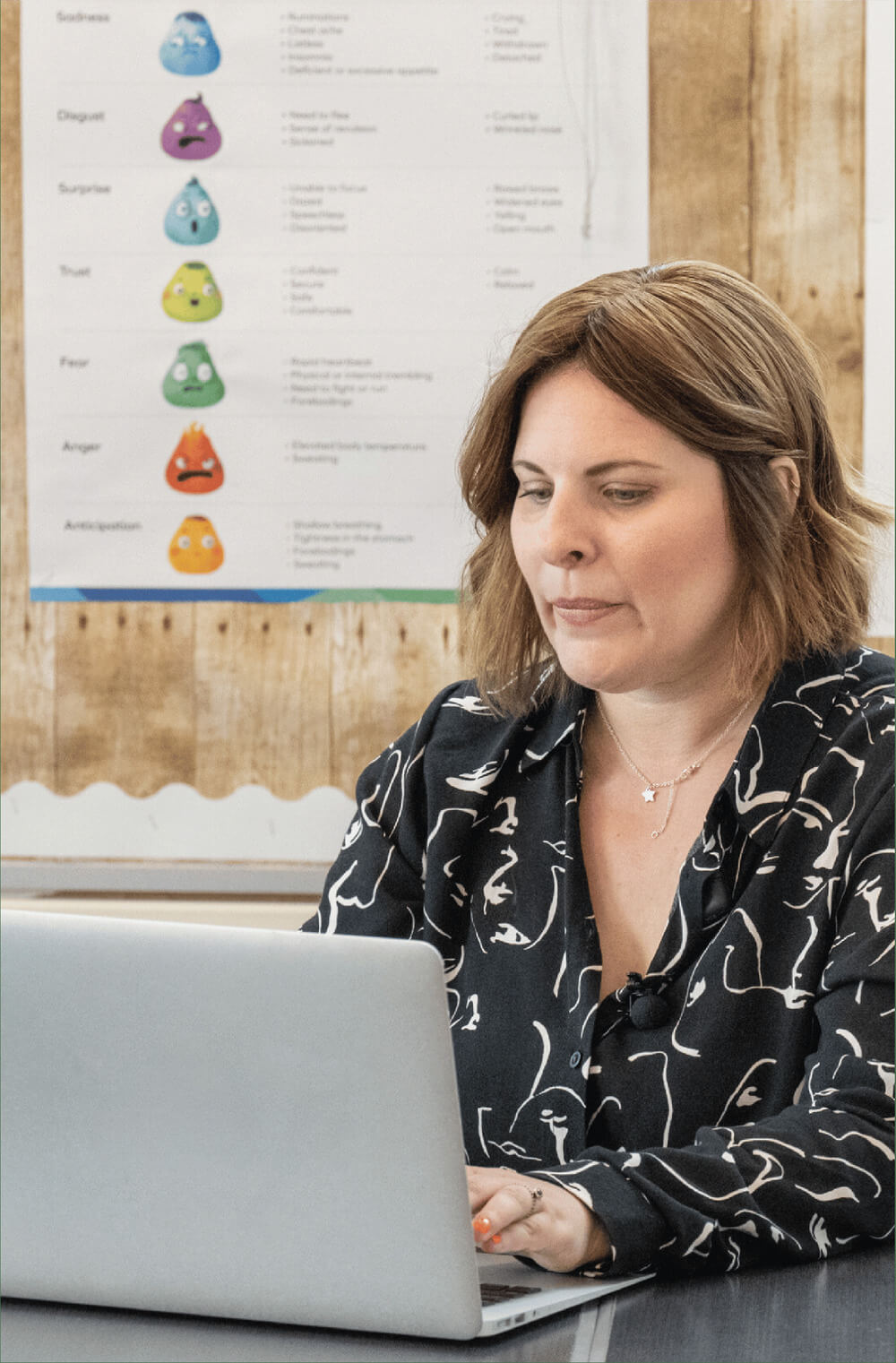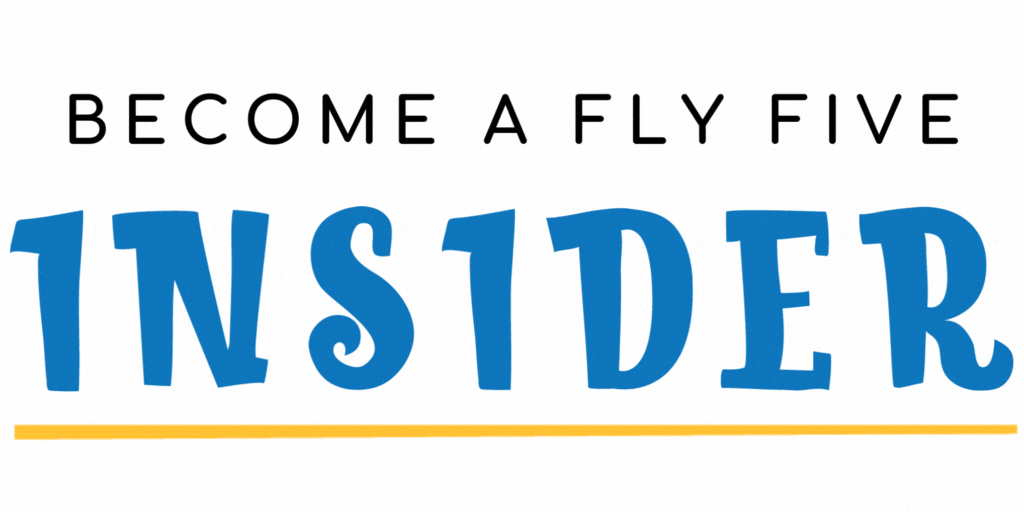

How Do We Help Children Become Independent Adults?
Working toward student independence will help children thrive in all learning environments. Through Interactive Modeling and reinforcing language, students will continue to grow and thrive even when faced with challenging circumstances. With the guidance of their instructors, students can develop the autonomy needed to become flexible, confident, and responsible adults.

Practicing student autonomy not only helps in a classroom setting but also at home. In order to create strong bonds, mutual trust and respect needs to exist between teachers, parents, and children (McCombs, 2010). With good relationships comes intrinsic motivation, or natural motivation, as students take control of their own learning. It’s important that children are presented with age-appropriate autonomy and agency in order to discover their own interests and ideas. This helps learners create healthy boundaries, find what matters to them, and protect their future wellbeing.
Research shows that cognitive choice, or when children take control of their learning, helps them to better understand the relationship between motivation, learning, and personal achievement (McCombs 2010). Building student confidence greatly impacts their ability to learn independently or collaboratively. Through greater self-efficacy and cognitive choice, they will naturally gravitate toward things that interest them, whether it be movies, books, or projects (McCombs 2010).

Scaffolding Toward Autonomy
Fostering student autonomy takes a great amount of guidance and support. It’s important to start small and collaborate with parents, students, and teachers. By reinforcing information and skills children already know, scaffolding can help create greater autonomy for learners in and out of the classroom (Lazar, 2018). Consider these small steps to foster student autonomy:
- Interactive Modeling. Modeling positive behaviors, engaging students in active learning and immediately assessing their understanding allows students to rise to the challenge of what’s expected of them in the classroom. (Responsive Classroom, 2013)
- Reinforcing language. Words of encouragement will help children know they’re on the right track and that they’ll continue to grow and improve, even through challenging circumstances.
- Small choices to start. Starting small will help these new strategies and personal choices feel attainable and will allow for growth as students develop.
Reflecting on choices. In addition to modeling, reinforcing, and starting small, reflecting on choice helps children become more independent and engaged. Reflection can lead to deeper self-awareness and daydreaming about what the future holds, like career aspirations or relationships.

What Teachers Can Do to Support Student Autonomy
There are many ways to uplift freedom of choice in the classroom, some of which teachers are likely already implementing in the classroom. Through organizational choice, students have an opportunity to organize the classroom, such as choosing partners for their learning groups. With procedural choice, students can decide from a list what works best for them, such as different formats for a final project. Finally, when students utilize cognitive choice, or become the creators of their own learning, it leads to longer-lasting student autonomy in the classroom (Ferlazzo, 2015). Here are a few examples of how to incorporate students’ ownership of learning:
- Allow students to have a say in their learning and how they learn. Ideas for our classroom should not just be shared but built upon. Continue to create opportunities for students to lead, feel empowered, contribute, and enhance their own learning.
- Use positive and inclusive language. When positive learning environments are created, students are more likely to perform acts of kindness, demonstrate increased academic engagement, and begin a positive feedback loop for others to follow (Layous et al., 2016).
- Model, teach, and reinforce the social skills needed for respectful interactions.
Allowing room for cognitive choice in children’s everyday life will encourage problem solving and likely improve personal decision making in the future. Independence and self efficacy will create long lasting autonomy and perseverance for both challenging and positive circumstances to come.

Resources:
Ferlazzo, L. (2015, September 14). Strategies for helping students motivate themselves. Edutopia. https://www.edutopia.org/blog/strategies-helping-students-motivate-themselves-larry-ferlazzo
Layous, K., Nelson, S. K., Kurtz, J. L., & Lyubomirsky, S., (2016). What triggers prosocial effort? A positive feedback loop between positive activities, kindness, and well-being. Journal of Positive Psychology, 12(4), 385–398. https://doi.org/10.1080/17439760.2016.1198924
Lazar, E. (2018, July 4). How parents can foster autonomy and encourage child development. GoodTherapy. https://www.goodtherapy.org/blog/how-parents-can-foster-autonomy-encourage-child-development-0704184
McCombs, B. (2010, February 16). Developing responsible and autonomous learners: A key to motivating students. American Psychological Association. https://www.apa.org/education-career/k12/learners
Responsive Classroom (2013, June 2). What is interactive modeling? https://www.responsiveclassroom.org/what-interactive-modeling/

